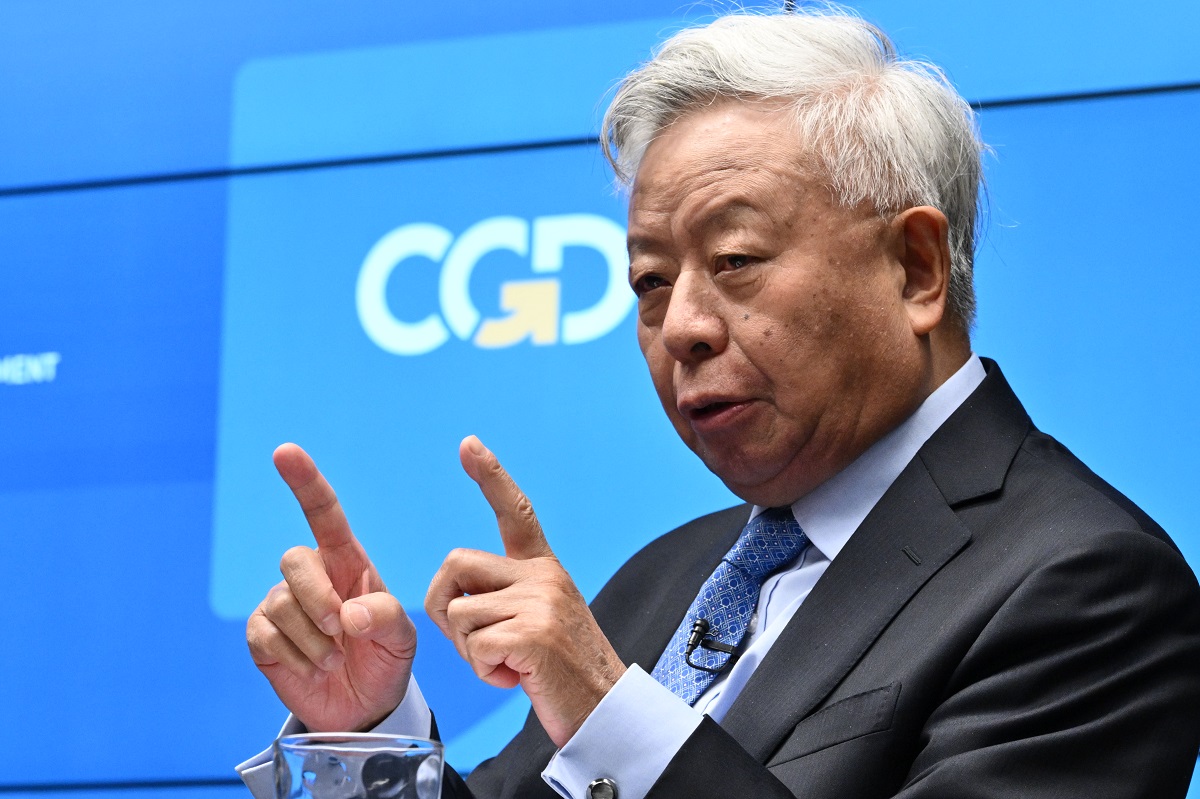I'm here in Liberia observing a post-conflict situation through a development lens. I'm struck by several aspects of the complex task of rebuilding after 14 years of civil war.First, the trauma brought a more complete collapse than the notion of a "war" between two parties suggests. Unlike in the sectarian conflict of the kind suffered in former Yugoslavia and feared in Iraq - where the lines seem clearly drawn across a few ethnic groups -- Liberian civilians -- all of them but especially women and children -- were vulnerable for years to rounds of marauding, looting, pillage and rape. See CGD non-resident fellow Jeremy Weinstein's recent book, Inside Rebellion: The Politics of Insurgent Violence, to understand how different initial conditions generate different levels of destruction in what we call civil wars.No doubt there are good published studies by serious students of pre-war Liberia that illuminate the roots of the trauma here. But an initial reading of dozens of official donor documents reveals surprisingly little attention to these deep-seated issues. There are vague allusions to inter-generational land conflicts, to the risk of renewed ethnic tensions, and to the troubles in neighboring Guinea re-igniting a regional war with shifting eruptions in Sierra Leone, Liberia, and Guinea. Even the International Crisis Group, the most detailed source, says little about the sources of inter-ethnic conflict and the relative social positions of various ethnic groups.At least on paper, the donors are concentrating all their attention on what has to be done in the future. That is not surprising. But isn't it risky?Second, two big public organizations here are performing. As the Millions Saved report concluded, international and other big public bureaucracies do work when the objective is clear and leadership is strong. The government, under the leadership of President Ellen Johnson-Sirleaf, has made extraordinary progress on multiple fronts since her election. One striking example: better financial management yielded a 50% increase in revenues in her first year in office. And the performance here of UNMIL, the UN-managed process of demobilization and rebuilding of professional security services, is impressive. As Mark Malloch-Brown, then UN Deputy Secretary-General said, the American public is not hearing enough from the Bush Administration about the good management the UN brings to "peace-building" in post-conflict states.Third, the aid community has yet to rise to the challenge in Liberia. An outstanding President and an impressive Cabinet create an unusual opportunity to jump-start the development process. But the transition from major humanitarian relief programs to development work risks leaving some Liberians without health services, and the a small but capable government is coping with a mounting burden of multiple donors with multiple ideas and projects. Beyond UNMIL, there are 13 UN agencies, 18 multilateral and bilateral donors, two African regional organizations, and 320 international NGOs operating here. As they make the transition from post-conflict humanitarian programs to "development," will they work with and for government and strengthen nascent institutions - or inadvertently undermine their development? It's a legitimate worry - and one that this month's donor meeting (pdf) in Washington needs to begin to address.
CGD blog posts reflect the views of the authors, drawing on prior research and experience in their areas of expertise.
CGD is a nonpartisan, independent organization and does not take institutional positions.




